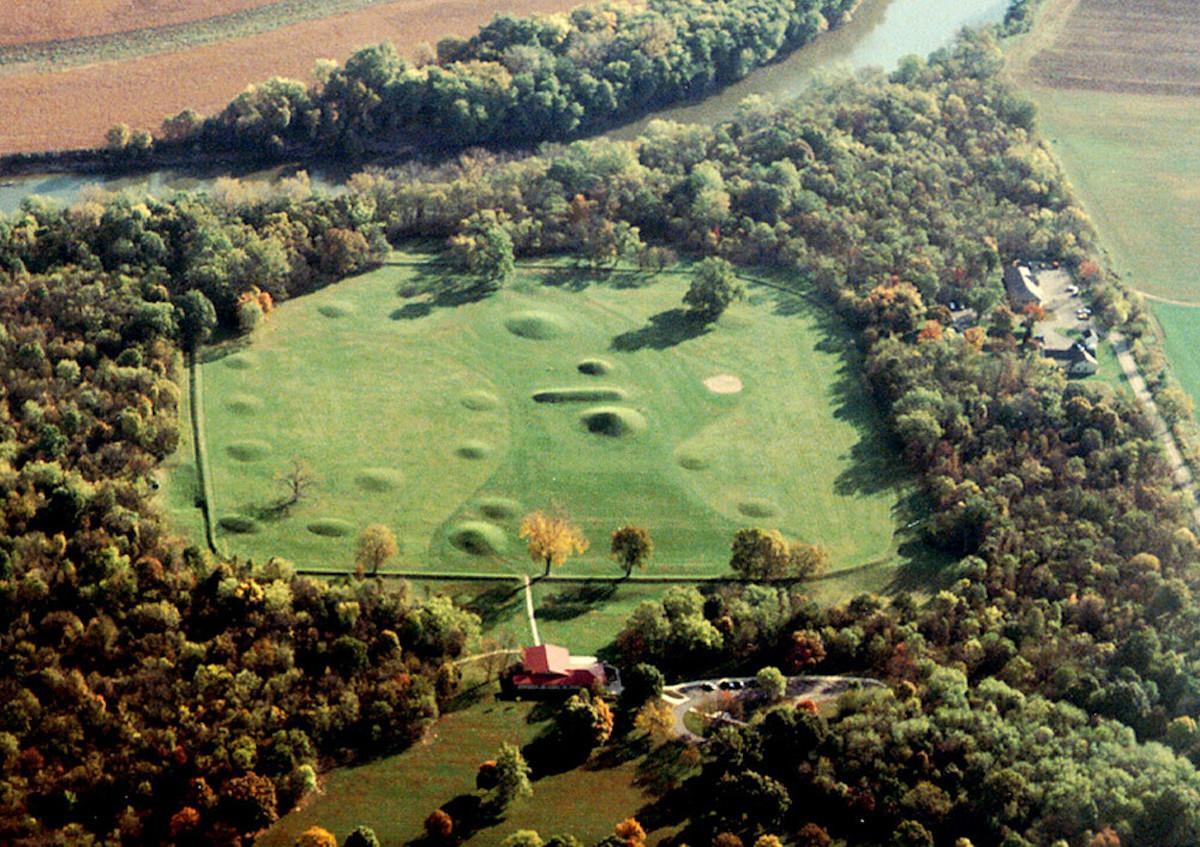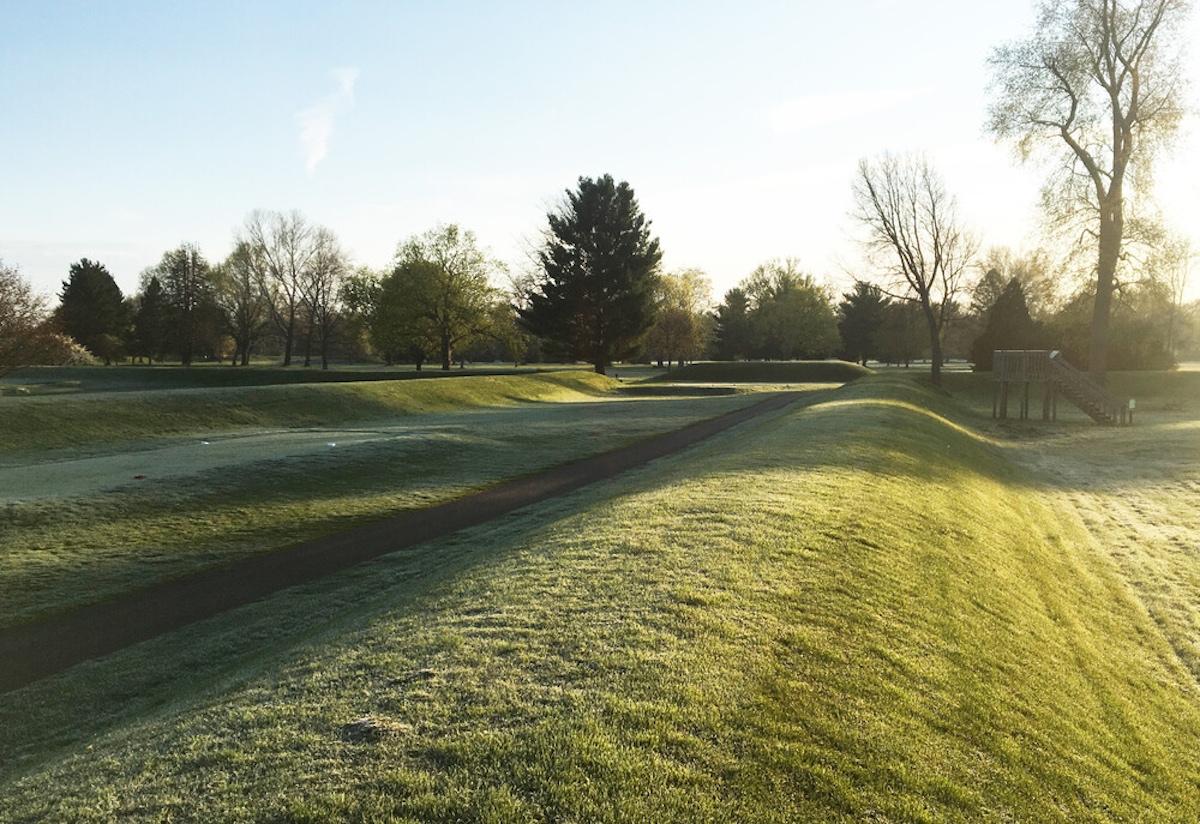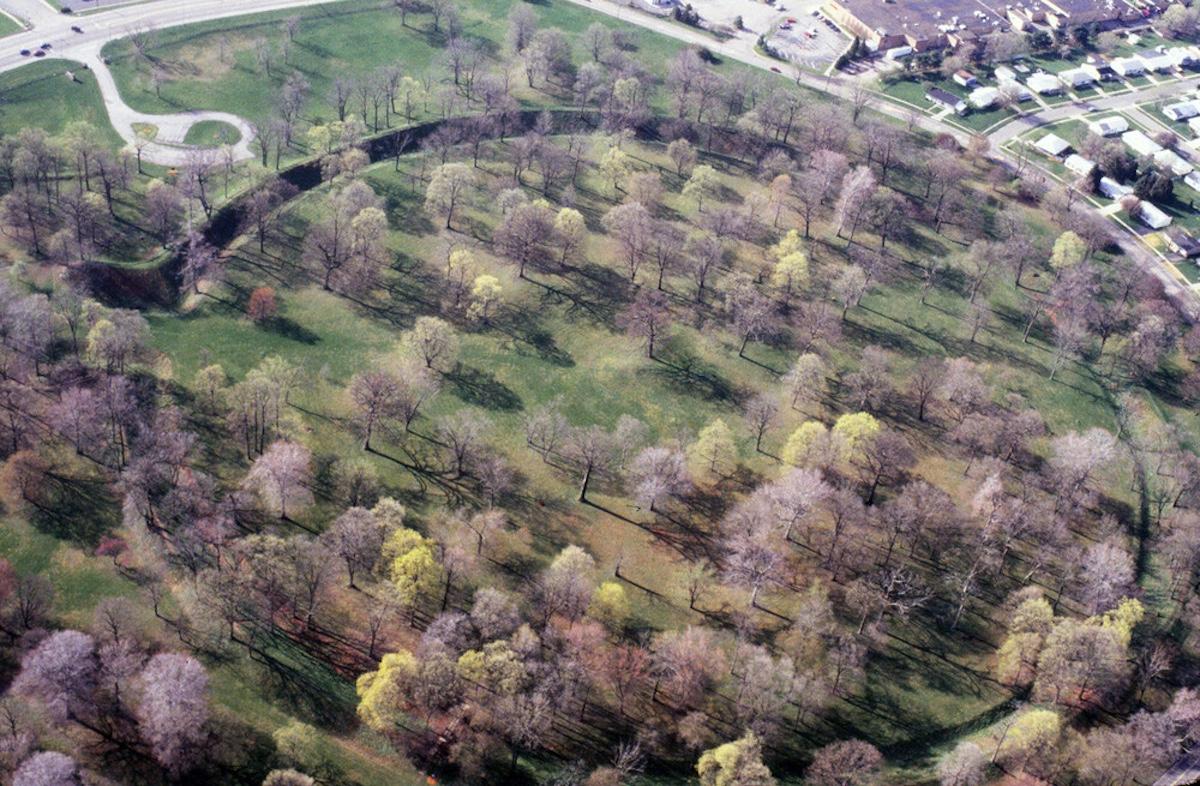The Hopewell Ceremonial Earthworks are important not only to Ohio’s indigenous history. They also serve as a testament to the creative genius of the Hopewell people over two millennia ago. The eight ancient earthworks are managed in part by the National Park Service.
According to the National Park Service's site, the Earthworks include Hopewell Culture National Historical Park in Chillicothe, including the Mound City Group, Hopewell Mound Group, Seip Earthworks, High Bank Earthworks, and Hopeton Earthworks, as well as Ohio History Connection's Octagon Earthworks and Great Circle Earthworks in Newark and Fort Ancient Earthworks in Oregonia.
The Hopewell Ceremonial Earthworks were built around 160 B.C. and range from a few inches tall to over thirty feet high. The mounds of earth were used for ceremonial purposes and celebrations. They were created with geometry in mind as they were also used to track the seasons and celestial bodies through solar and stellar alignments. The Ohio earthworks were built in an octagon shape, which aligned with the northernmost rising of the moon. The people who built the mounds must have also been very familiar with the local soils, as they combined different types in order to make the mounds as stable as possible.



























